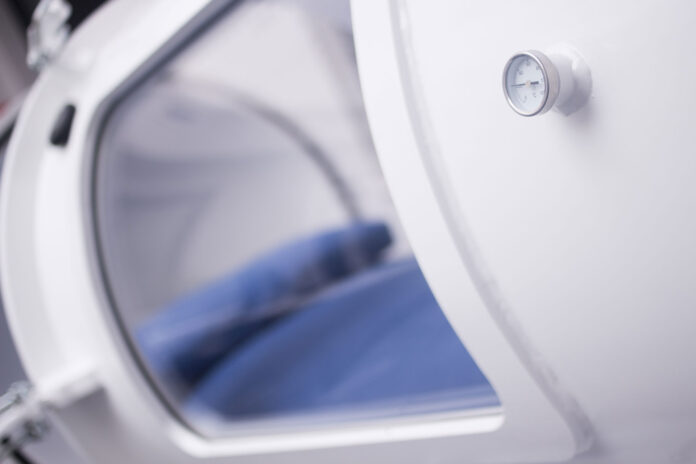
Hyperbaric oxygen therapy (HBOT) accelerates the body’s natural healing process by increasing the amount of oxygen in the blood. Treatment takes place in a sealed chamber where oxygen and pressure are steadily increased.
Table of Contents
What Exactly Is Hyperbaric Oxygen Therapy?
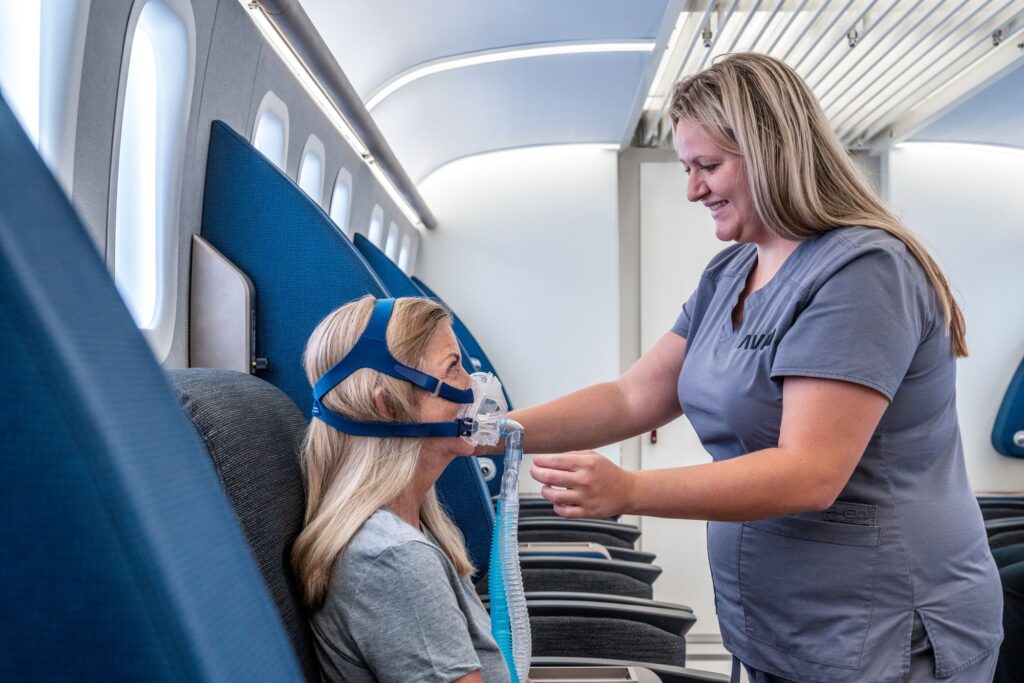
For many people with a severe or chronic medical condition, it is an effective, sustainable treatment.
While HBOT may seem like a relatively new treatment, celebrities and athletes have been utilizing and promoting HBOT for years. Professional athletes, including former NFL star Terrell Owen and Denver Branco’s Tim Tebow, have spoken publicly about using it to expedite sports injury recovery. Michael Jackson was even said to sleep in a hyperbaric chamber every night.
Still, the basic science behind why HBOT works proves difficult and complex for many people to grasp.
By making information accessible and explaining the procedure in layman’s terms, HBOT may continue to be experienced and utilized by individuals seeking alternative medical treatments or desiring to supplement an existing one.
Hyperbaric oxygen therapy is a medical treatment in which pure oxygen is inhaled for a prescribed period in the context of a clinical setting. The oxygen is administered in pressurized chambers where patients breathe an atmospheric pressure up to three times higher than normal, ambient air.
During treatment, the amount of oxygen in the patient’s bloodstream increases significantly. In the pressurized atmosphere, molecules are delivered around the body at a rapid rate, absorbing into plasma, tissue, and major organs.
When oxygen reaches damaged tissues or swollen arteries, it stimulates the release of healing chemicals, allowing the body to produce new cells and regenerate itself from the inside out. By enabling the growth of new cells, HBOT has proven effective in treating wounds that normally wouldn’t heal due to poor circulation.
How Does The Therapy Work?
Oxygen makes up approximately 21% of every breath we breathe. In a hyperbaric setting, oxygen is inhaled exclusively.
While in a hyperbaric chamber, the flow of pure oxygen is partnered with increased atmospheric pressure; the combination causes a change in the way the body absorbs and distributes the inhaled air.
Under ambient conditions, only the haemoglobin found in the bloodstream carries oxygen around the body. During HBOT, the abundance of breathable oxygen causes absorption to happen beyond the haemoglobin. Oxygen is compressed, dissolved, and forced deep into the body’s tissues.
Because of this, areas in the body previously experiencing blocked or diminished circulation are granted access to oxygen-rich blood, and the body may organically jumpstart its healing process.
With an increase in medicinal usage, many hospitals are now able to administer HBOT to multiple patients at a time. Medical spas, or individual medical practices, treat patients in single-person hyperbaric chambers that often look like cylindrical tanks.
In both hyperbaric environments, air pressure is increased several times higher than normal, and the patient breathes pure, concentrated oxygen.
Benefits Of HBOT
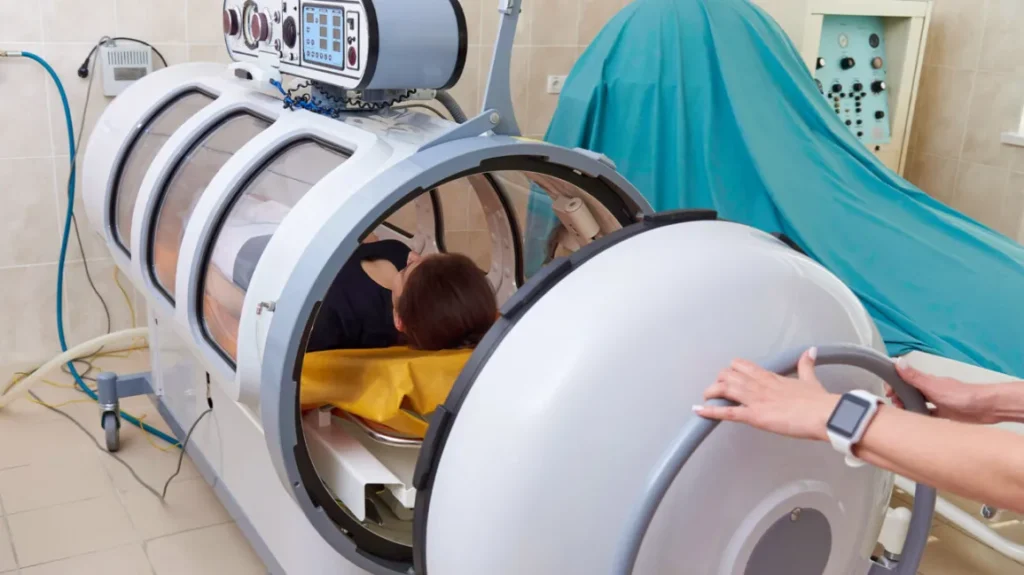
Body tissue needs a sufficient amount of oxygen to function properly. Tissue that is injured requires even more oxygen to heal. Many difficult-to-heal wounds are “hypoxic” (deprived of oxygen). A therapy speeds up the healing process by delivering to these injured areas.
Here are some benefits:
- Low-risk
- Noninvasive
- Cost-effective
- Lifesaving, vision- and limb-saving
- Evidence-based
- Well-tolerated
For effective treatment and more benefits to patients, get the quality chamber from Oxyhelp.com.
Medical Uses
Originally used for decompression sickness and other diving complications, HBOT now treats a wide range of conditions, including life-threatening emergencies. HBOT is not designed to replace proven methods, but to enhance the effectiveness of treatment such as surgery, antibiotics, and wound care.
It is officially approved by the Undersea Hyperbaric Medical Society to treat the following:
- Radiation tissue damage (following cancer therapy)
- Gas embolism
- Carbon monoxide poisoning
- Potentially deadly form of tissue death (gas gangrene)
- Crush injury/compartment syndrome
- Decompression sickness (the bends)
- Any condition that slows or stops the flow of blood in the arteries (e.g., central retinal artery occlusion)
- Severe anaemia
- Brain abscess
- Severe bacterial infection that destroys underlying tissue, muscles, and skin (necrotizing soft tissue infection)
- Swelling of bone tissue (osteomyelitis)
- Compromised skin flaps and grafts
- Acute thermal burn injury
- Sudden sensorineural hearing loss
What To Expect During HBOT?

The therapy occurs in a sealed, pressurized room. You can lie down or sit upright. A customized oxygen breathing hood is placed over your head, allowing it to be immediately dissolved in your plasma. This speeds up the delivery of concentrated oxygen to the diseased tissue. Oxygen is fed through the breathing hood until the level is at 100 percent (the air we breathe only contains 21 percent). Simultaneously, the pressure surrounding your body is slowly increased above normal atmospheric pressure.
The combination of pure oxygen and an increase in pressure forces it to enter your blood faster and more efficiently. Thus, the level in your blood is raised higher than could be achieved at normal air pressure. This extra oxygen is carried through your bloodstream and delivered to your body tissues.
How To Prepare For The Treatment?
The hyperbaric medicine team will review the following information in detail with you to ensure that you’re properly prepared for each treatment session:
- Products and medications to avoid
- Substances like caffeine and tobacco shrink blood vessels and restrict the amount of blood that can be delivered to your tissues. Therefore, during your treatment, it’s recommended that you avoid caffeine and tobacco.
- Some medications can affect the way your body responds to oxygen. Before receiving hyperbaric treatment you must discuss any medications you’re currently taking.
For Your Safety
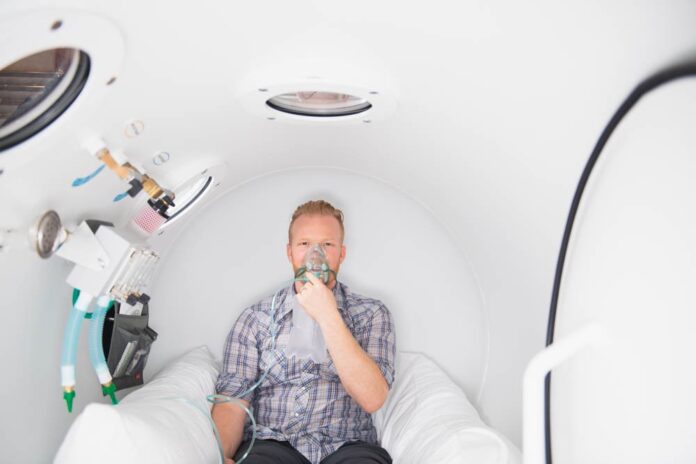
A spark or flame can quickly turn into a fire in a pure oxygen environment. While only a small area of the chamber is filled with pure oxygen (your breathing hood), it still restricts certain items from entering. This includes:
- Makeup
- All metal objects (e.g., jewelry)
- Hairspray
- Perfume
- Cigarettes
- Matches and lighters
- Vaseline or any other petroleum-based products
- Personal electronic devices
Most skin care products are petroleum-based, so please check with the hyperbaric unit staff before using any lotion or other product before treatment.
You will be given hospital scrubs to wear during your treatment to reduce the potential for static electricity.
Bottom Line
Understanding the purpose for which something may be used, along with an insight into its history and physical effects, can help potential HBOT users make well-informed decisions as to whether or not HBOT is a preferable option for them and their loved ones.
It is without a doubt that HBOT can significantly improve the quality of people’s lives. Where traditional medicine fails, hyperbaric oxygen therapy can supercharge the body’s ability to heal itself. Perhaps this is why around 2,000 hospitals across the country now offer hyperbaric oxygen therapy, and an estimated 700 non-hospital-based programs offer the treatment as well.



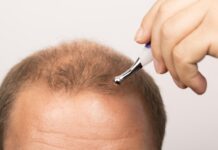











![16 Best Men’s Loafers 2023 [ BEST PREMIUM BRANDS ] best mens loafers](https://www.menshairstylesx.com/wp-content/uploads/2019/10/best-mens-loafers-1-100x70.jpg)
